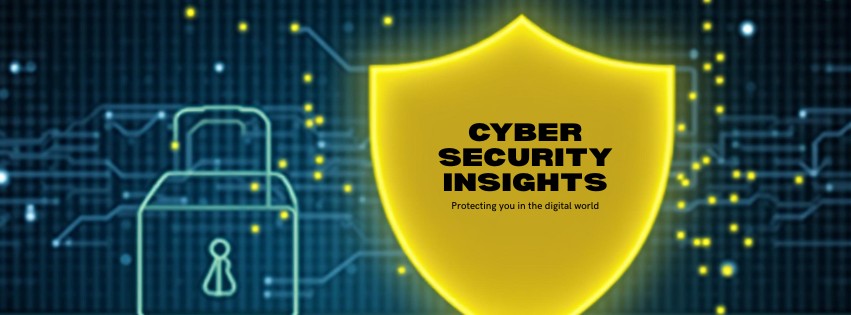
Hackers Exploiting GeoServer RCE Vulnerability to Deploy CoinMiner
Understanding the GeoServer RCE Vulnerability
GeoServer, a widely used open-source server for sharing geospatial data, is currently facing a significant security threat. Recent reports indicate that malicious actors are actively exploiting a Remote Code Execution (RCE) vulnerability within the platform. This critical flaw allows attackers to execute arbitrary code on vulnerable GeoServer instances, posing a severe risk to data integrity, confidentiality, and system availability.
The Specifics of the Threat: CVE-2023-25157
The vulnerability at the heart of these attacks is tracked as CVE-2023-25157. This particular RCE flaw stems from an insecure deserialization vulnerability that affects multiple versions of GeoServer. Specifically, it impacts versions up to 2.22.1, 2.21.3, and 2.20.7. Attackers are leveraging this vulnerability to gain unauthorized control over compromised servers, with the primary objective observed being the deployment of crypto-mining malware, specifically CoinMiner.
How CoinMiner Infiltrates and Operates
Once the RCE vulnerability is successfully exploited, attackers execute commands to download and install CoinMiner. This malware silently operates in the background, consuming significant system resources (CPU and sometimes GPU) to mine cryptocurrency. The immediate impact is a severe degradation of server performance, leading to service disruption for legitimate users. Long-term consequences include increased operational costs due to higher power consumption, potential hardware damage from over-utilization, and a persistent backdoor for future malicious activities.
Who Is At Risk? Identifying Vulnerable Systems
Any organization or individual running a GeoServer instance that has not been patched to the latest versions is potentially at risk. This includes:
- Government agencies using GeoServer for public data portals.
- Research institutions managing geospatial datasets.
- Environmental and mapping services companies.
- Any web application leveraging GeoServer for map rendering or data sharing.
It’s crucial for administrators to immediately identify their GeoServer versions and assess their exposure. Open-source tools like Shodan or Censys can reveal internet-facing GeoServer instances, making it easier for attackers to find potential targets.
Proactive Measures: Remediation and Prevention
The good news is that patches are available. Rapid mitigation is your most effective defense against this active threat.
Immediate Remediation Actions:
- Patch Immediately: Upgrade your GeoServer instance to the latest secure versions. These include GeoServer 2.22.2, 2.21.4, or 2.20.8 and newer. Obtain the official releases from the official GeoServer website.
- Review Server Logs: Look for unusual activity, new processes, unauthenticated access attempts, or large outbound network traffic spikes that could indicate crypto-mining.
- Scan for Malware: Utilize endpoint detection and response (EDR) solutions or antivirus software to scan your servers for CoinMiner or other malicious payloads.
- Change Credentials: If compromise is suspected, immediately change all administrative passwords and API keys associated with the GeoServer instance and the host server.
- Network Segmentation: Isolate GeoServer instances from critical internal networks as much as possible to limit lateral movement in case of a breach.
Long-Term Preventative Strategies:
- Regular Patching: Establish a robust patch management policy for all software, especially externally facing applications.
- Least Privilege: Ensure GeoServer runs with the minimum necessary permissions.
- Web Application Firewall (WAF): Implement a WAF to detect and block malicious web requests targeting your GeoServer.
- Intrusion Detection/Prevention Systems (IDS/IPS): Deploy IDS/IPS to monitor network traffic for suspicious patterns indicative of exploitation attempts.
- Security Audits: Conduct regular security audits and penetration testing to identify and address vulnerabilities before attackers do.
- Strong Access Controls: Enforce multi-factor authentication (MFA) and strong, unique passwords for all administrative interfaces.
Tools for Enhanced Security
Leveraging the right tools can significantly bolster your defense against vulnerabilities like the GeoServer RCE.
| Category | Tool Name | Description |
|---|---|---|
| Vulnerability Scanning | Nessus, OpenVAS | Automated scanners to identify unpatched software and misconfigurations. |
| Web Application Firewall (WAF) | Cloudflare, ModSecurity | Protects web applications from common web exploits. |
| Endpoint Detection & Response (EDR) | CrowdStrike Falcon, Microsoft Defender ATP | Monitors endpoints for malicious activity and responds to threats. |
| Network Monitoring | Wireshark, Zeek (Bro) | Captures and analyzes network traffic for anomalies and threats. |
| Log Management & SIEM | Splunk, ELK Stack (Elasticsearch, Logstash, Kibana) | Collects, aggregates, and analyzes logs for security incidents. |





